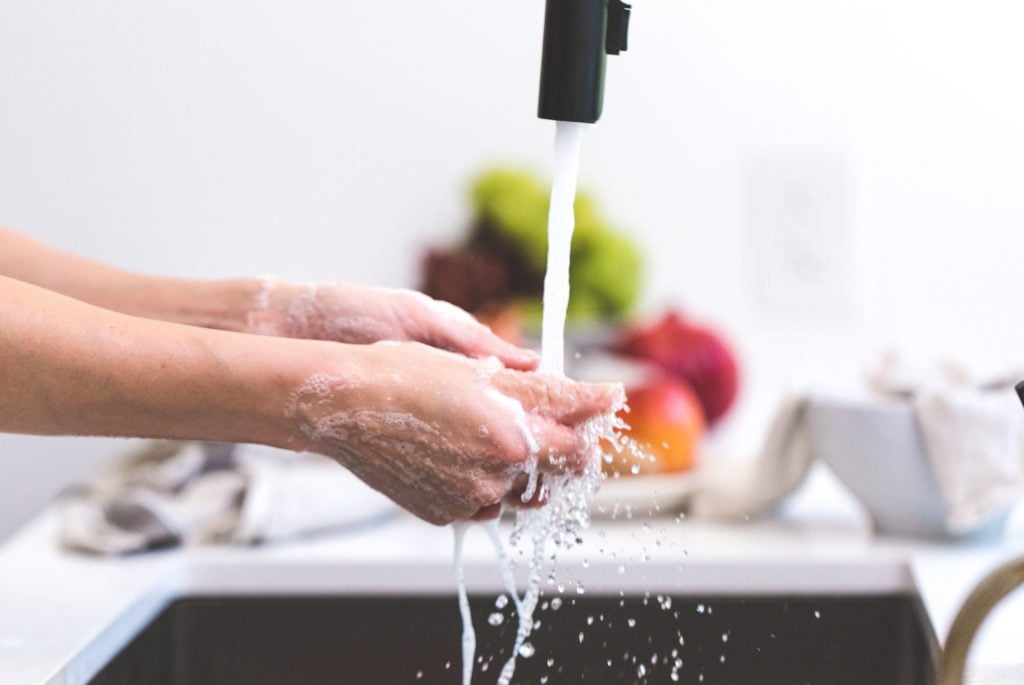The division of household labour has long been a topic of discussion, reflecting societal expectations, gender roles, and the evolving dynamics of modern relationships. One of my university dissertations was a comparison between the division of labour in the UK and Japan. While progress has been made towards achieving more equitable distribution of responsibilities, persistent challenges continue to shape the way household chores are divided. In this article, I will explore the changes that have taken place in the division of household labour, as well as the enduring obstacles that hinder true equality.
Shifting Gender Roles:
Over the years, traditional gender roles within households have undergone significant transformation. Women have increasingly entered the workforce, pursuing careers and professional aspirations. This shift has led to a need for a more egalitarian approach to the division of household labour, with men taking on a greater share of household responsibilities.
Dual-Income Families:
With the rise of dual-income households, the need for a more balanced distribution of household labour has become evident. Both partners are juggling professional commitments, leading a need for a shared responsibility for household chores. Many couples recognise the importance of collaboration and cooperation in managing household tasks, striving for a more equitable division. Others are yet to achieve this.
Evolving Expectations:
Societal expectations and cultural norms surrounding the division of household labour have evolved. There is a greater recognition of the value of unpaid domestic work, such as cooking, cleaning, and child-rearing. This recognition has led to more open discussions and negotiation between many partners, allowing for a better understanding of each other’s needs and expectations. However, there is also an expectation that women in particular should be able to do it all, effortlessly juggling both a career and the responsibilities of running a home and raising children.
In the past when when men were typically the breadwinners, the responsibilities of childcare and the home defaulted to women, yet, now in the workplace, women are largely expected to juggle both.
Emotional Labour and Mental Load:
While progress has been made in terms of visible household chores, the issue of emotional labour and mental load remains a challenge. Emotional labour refers to the often invisible work involved in managing emotions, maintaining relationships, and organising family life. The mental load refers to the mental burden of planning, remembering, and coordinating various aspects of family life. These responsibilities often fall disproportionately on women, impacting their overall workload and well-being.
Cultural and Generational Influences:
Cultural and generational influences can shape the division of household labour. Traditional beliefs and cultural norms may still perpetuate the idea that certain tasks are more suitable for one gender over the other. Additionally, generational differences can play a role, with younger generations tending to embrace more egalitarian attitudes, while older generations may hold onto more traditional views.
Communication and Collaboration:
Effective communication and collaboration between partners are crucial for achieving a fair division of household labour. Open discussions about expectations, needs, and preferences can help establish a shared understanding and pave the way for more balanced responsibilities. Regular check-ins and adjustments can ensure that the division remains equitable as circumstances change over time.
It’s not as simple as 50/50 – it’s about what works and what is equitable in line with your personal circumstances.
Outsourcing and Shared Responsibilities:
Outsourcing certain household tasks, such as hiring cleaners or utilising meal delivery services, can alleviate some of the burdens associated with household labour. Sharing responsibilities with children, if age-appropriate, can also foster a sense of shared ownership and teach valuable life skills.
Final thoughts:
The division of household labour has seen significant changes in recent decades, reflecting shifting gender roles, dual-income families, and evolving societal expectations. While progress has been made towards a more equitable division, challenges such as emotional labour and cultural influences persist. Open communication, collaboration, and a shared commitment to fairness are key to achieving a division of household labour that respects the needs and aspirations of both partners. By recognising the value of all forms of labour and embracing a shared responsibility, – whatever that looks like for you – couples can strive for a more balanced and fulfilling domestic life.




